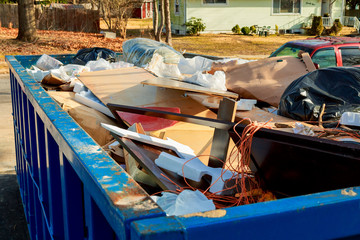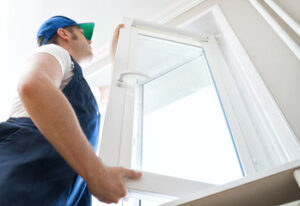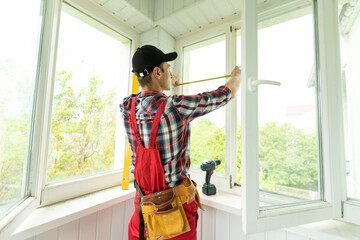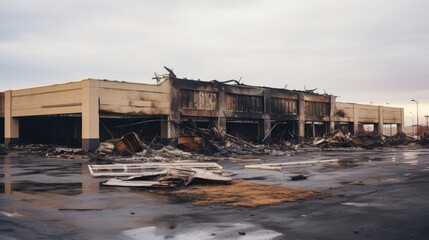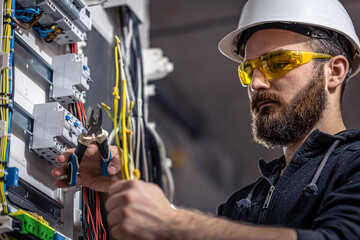Grease Trap Perth also known as grease interceptors or FOG (fats, oils and greases) management systems reduce the amount of fatty waste that drains into municipal sewer systems. They work by cooling warm or hot greasy wastewater so fats and oils float to the top while solids sink.
Keeping your facility’s grease trap in good condition prevents clogs, backups and overflows that can damage plumbing systems and the local sewer system. Match with a service provider to create a regular maintenance schedule that’s compliant with city regulations.
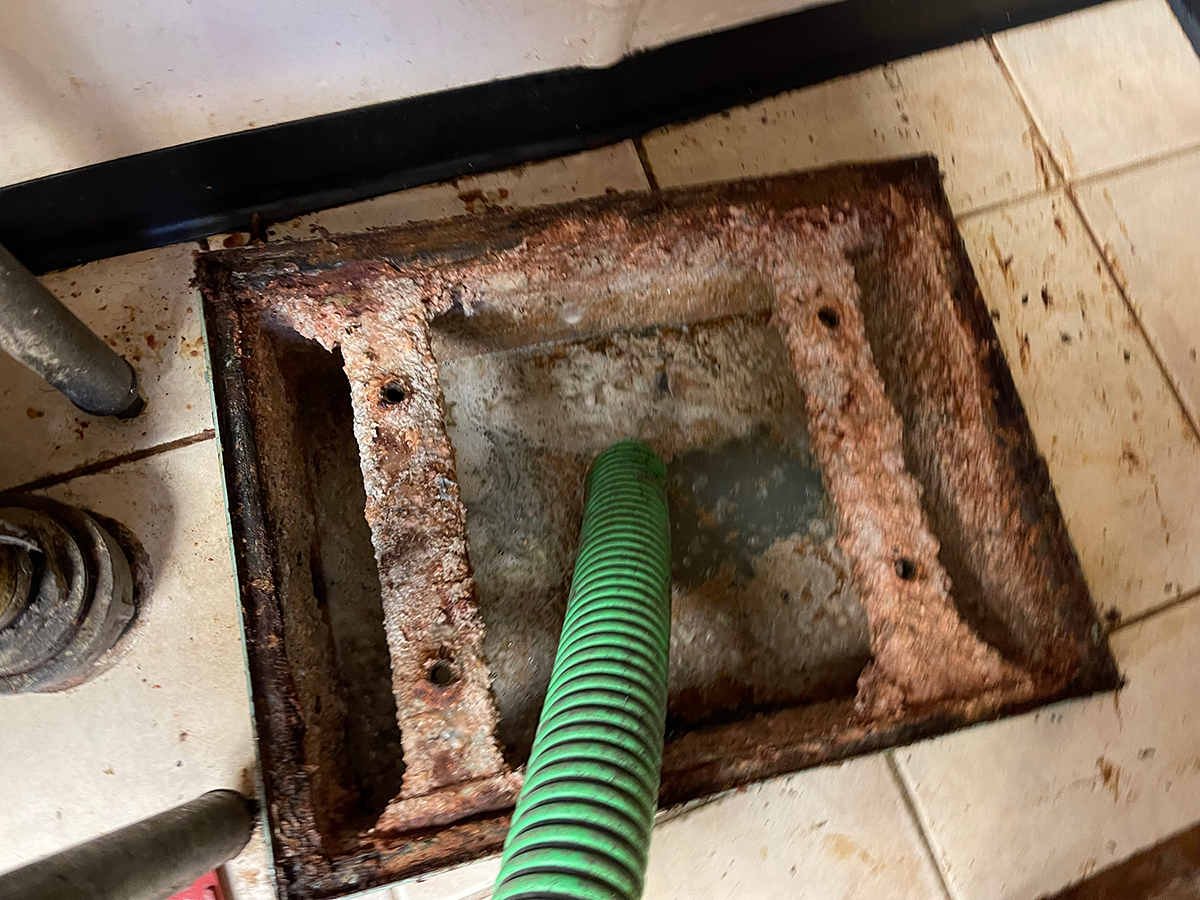
Grease traps are receptacles that kitchen wastewater flows through before it enters the sewer system. Technically known as grease interceptors, they prevent fats, oils and greases (FOG) from entering the city sewage system where it can cause expensive blockages and clogs. They work by slowing down the flow of water and separating it into different layers — solids are on the bottom, wastewater is in the middle and FOG is at the top.
The grease floats to the top and is removed, while the water and other non-greasy waste passes through the bottom layer into the city sewer system. It’s important to note that a restaurant should never pour FOG directly down the drain — this can create serious plumbing issues and may result in fines from the municipality.
To ensure that a restaurant’s drainage systems are functioning correctly and in compliance, it’s essential to have regular grease trap maintenance. This includes a thorough inspection and cleaning, as well as sizing the correct grease interceptor for the kitchen’s needs. In addition, it’s important for employees to understand the importance of keeping food waste out of the drainage system and not down the sinks or floor drains.
Grease interceptors can be either automatic or manual, with automatic systems having two chambers that automate the process of removing grease. This allows employees to focus on other priorities, such as customer service and cooking up delicious dishes. Manual grease interceptors require an employee to regularly check and clean the system.
A properly maintained grease interceptor will be able to handle large amounts of waste and will last for years to come. It will also help prevent greasy build-ups within the piping, which can lead to backups and overflows in the kitchen. In addition, the system will help reduce the amount of oil and other contaminant that makes its way into the local sewer system where it can cause costly sewage problems for everybody.
In addition to regular cleaning, the system should be inspected by a licensed professional, who can verify that the installation and maintenance are up to code. It’s also important to note that while a grease trap can be installed both inside and outside of the building, most municipalities require that they be installed on an accessible outdoor surface.
Grease traps prevent fats, oils and grease (FOG) from clogging sewer lines and drains. They are typically required for businesses that cook food on a large scale but can also be installed in homes where there is a high volume of cooking or food preparation. It’s best to use a professional plumbing company that specializes in plumbing DIY projects and is familiar with local regulations when installing a grease trap.
Many cities require the use of a grease trap at restaurants and other establishments that prepare food. These laws ensure that FOG doesn’t get into the sewer system where it can block pipes and lead to sanitary sewer overflows. A sewage overflow can cause significant environmental damage that requires costly cleanup and repairs. A grease trap helps prevent this by collecting and storing FOG so it can be pumped out when needed.
A restaurant or other food-based business that doesn’t have a grease trap can face hefty fines and the loss of their operating license. Regular health inspections of food-preparation establishments include tests of the grease trap to make sure it is functioning properly. If a health inspector notices an issue with the grease trap, the business could be forced to close temporarily while the problem is addressed.
In addition to helping comply with local regulations, a grease trap can help a business save money on utility bills by preventing drain clogs that would otherwise require costly repair. Preventing clogs also reduces the risk of expensive sewer backups that can disrupt operations and result in lost revenue.
A professional plumber can help ensure that a grease trap is properly installed and maintained, and can advise on other ways to reduce the amount of FOG entering the sewer system. This may include training staff to properly dispose of used cooking oil and recommending that all drains leading into the grease trap be covered with a non-toxic mesh cover. This can help reduce the need for frequent clog removal and inspection. When it comes to maintenance, a licensed service provider like DAR PRO Solutions can provide a regular scheduled service to clean the grease trap and check for any issues that might need immediate attention. After each service, the technician can send a report to the customer showing that the work was completed and providing details about the condition of the trap.
A grease trap is something that every restaurant or facility that prepares food must have. It’s an essential part of municipal codes, and it helps keep fatty waste from flowing into the sewer system and causing blockages. These receptacles intercept, capture or “trap” grease as it drains from sinks and other fixtures, keeping the fatty waste out of the public sewage system where it can cause major problems for everyone.
Getting a grease trap for your business is easy. You simply find the right size and then follow local codes to install it properly. This will ensure it’s working correctly and prevent any potential issues with the code or with the trap itself. It’s also important to have your grease trap cleaned regularly. Cleaning your trap helps keep it odor-free and reduces the risk of hydrogen sulfide gas buildup, which is extremely dangerous for employees to come into contact with.
You should always hire a licensed plumber to get your grease trap installed and to ensure it’s done properly. Plumbing DIY projects can be complex and can lead to major problems that will require expensive repairs. The plumber can help make sure your trap is sized appropriately and will work correctly, as well as connect it to the sewer line.
When calculating the size of your grease trap, you must take into account the fats, oils and grease (FOG) production rate in your restaurant. There are two ways to calculate this: first, you can use the flow rate controller and baffles inside your trap to determine the amount of FOG produced each day. Second, you can use a formula based on the total volume of fixtures draining into your trap.
You can also use the chart below to help calculate your grease trap size. The chart accounts for the grease production capacity based on your type of restaurant and the maintenance cycle of the trap itself. Remember that bigger is not better when it comes to a grease trap; an excessively large one can present challenges for access, pump-out cost and corrosion resistance.
The most important thing you can do for your grease trap is to clean it regularly. This will keep FOG from accumulating and clogging your drain lines, which in turn means that wastewater will flow through more easily and your kitchen sinks will drain properly.
Grease traps should be cleaned out every 1-3 months, depending on usage. This is often done based on what is known as the “1/4th rule,” which simply states that your trap should be drained and cleaned when it reaches about a quarter full of fats, oils, and grease (FOGS). When a trap becomes too full, FOGS can start to smell really bad, so draining the trap at this time will prevent these odors. Keeping your grease traps at this level will also ensure that they are as effective as possible, because the more FOGS there is in a trap, the less effective it is at stopping wastewater from flowing down into the city sewer system.
Professionals who specialize in grease trap cleaning can help you maintain your trap based on the 1/4th rule or other maintenance guidelines that may be specific to your area or business. They can also help you set up a schedule for regular trap cleaning so that your business can avoid expensive clogs and environmental consequences.
During the cleaning process, trained professionals use appropriate tools to unclog difficult-to-reach areas of your trap and scrub down its baffles, sides, and lid. They can also remove the cap and inspect it for any signs of damage or wear. If the cap is cracked or missing, it should be replaced. Afterwards, the technician will use a shop vacuum to suck out any remaining grease particles from inside the tank.
It’s best to avoid using solvents or enzymes to clean your grease trap, as these can liquify the FOG and cause it to flow down your drain lines and into the sewer system, where it will block waste water pumps and cause costly clogs in wastewater pipes. The best option is to use a bacteria-based biological solution that is safe for both the environment and your grease trap.

